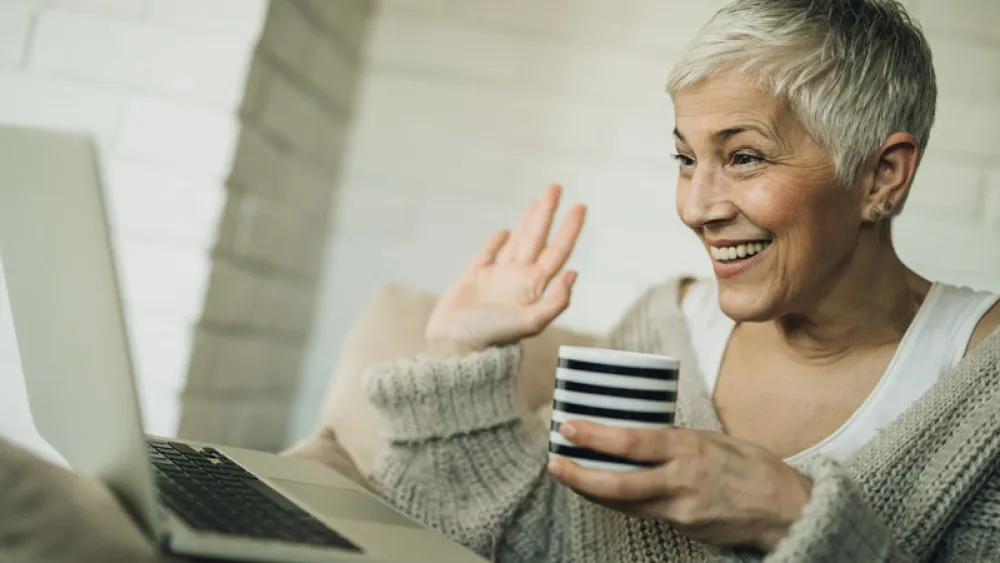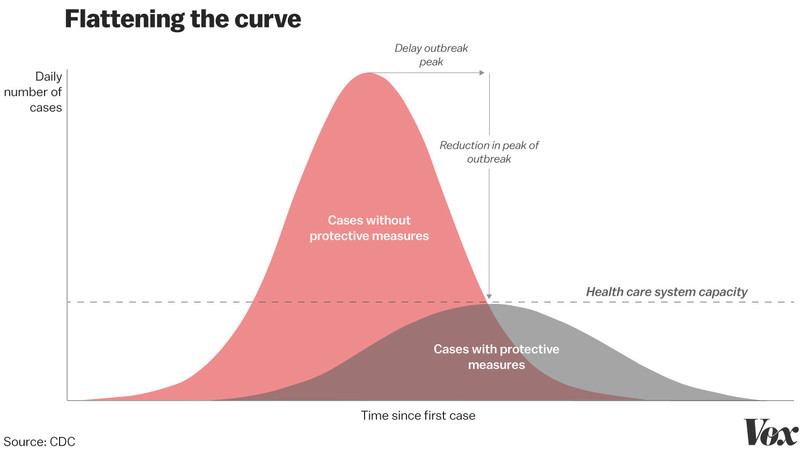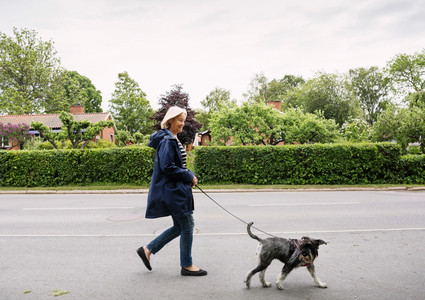




Today's Medicine
Social Distancing: What It Looks Like and How It Can Save Lives
Published: March 16, 2020

Social Distancing FAQs
Q: What is social distancing?
A: Social distancing is a public health tool used to slow the spread of disease. It’s the act of putting physical space between you and other people. Currently, that recommended amount is 6 feet. It’s why you’ve seen professional sports leagues suspend their seasons, universities move to virtual learning, schools close and workplaces mandate working from home. It’s why so many businesses are canceling nonessential travel, churches are canceling services and you had to cancel that vacation you were looking forward to. It’s why you need to stay home.
Q: Why is social distancing important?
A: You might have heard the term “flattening the curve” quite a bit recently. The fewer protective measures that are in place, the higher the chance of infection for at-risk populations – and the more overwhelmed our health systems can become. Social distancing is essential to flattening the curve. We’re past the point of completely containing COVID-19, but we can work together as a community and country to slow the spread of the virus and ensure that our health systems don’t reach a critical point where they’re unable to keep up with testing, treatment and supply demands.

Q: I’m young and healthy. Do I still need to socially distance?
A: Yes! Everyone needs to socially distance. People over the age of 60 and those with underlying medical conditions are especially vulnerable to COVID-19, but remember that no one is immune. You could be infected and not showing symptoms – and still be highly contagious. Every interaction you have will put someone at risk – your grandmother, your boyfriend, your yoga class.
Q: Can I visit other family members and friends?
A: Unfortunately, no. We’ve seen how easily COVID-19 can spread within family units. As soon as you introduce someone new to that unit or you go into someone else’s unit, you risk exposing yourself or them. Remember that you can spread COVID-19 before you display symptoms. And some people’s symptoms will be so mild that they won’t even know they have the disease. Just because you feel fine doesn’t mean it’s safe to visit your elderly aunt or have the neighbor kids over for a playdate.
Q: Can I still go to bars and restaurants?
A: Whether or not your local bars and restaurants have been shut down, the question really should be: “Should I still go to bars and restaurants?” That answer is no. It’s difficult to maintain a distance of 6 feet from other people at bars and restaurants. Just think of all the people you come into close contact with at a restaurant – the host, the waiter, the busser, the table next to you or behind you, other patrons in the restroom or waiting area.
Q: What can I do while socially distancing?
A: There’s no question that mass social distancing is going to be a challenge for every individual and every business. But if we all work together to socially distance and flatten the curve, we will save lives – period. So what can you do while socially distancing yourself?
- You CAN go to the grocery store. But you should be limiting the amount of trips you take and choosing times when you know there will be fewer people. Bring disinfectant wipes for the grocery cart and hand sanitizer for yourself. If you’re high-risk, you may still want to avoid the grocery store and have a younger friend or relative do your shopping or use a grocery delivery service.
- You CAN order takeout. It’s still better to make your own food at home. But if you’re worried about your favorite local restaurant losing business, you can order takeout. If you don’t usually tip for carryout orders, consider doing so for the time being. If you order delivery, give the delivery person instructions to leave your food on the doorstep. Pre-pay over the phone or online whenever you can.
 You CAN go outside. In fact, you should. Weather permitting, get outside every day that you can. With so many people working from home, it’s essential to get in activity and boost your immune system. Go for a jog, take the dog for a walk, and take the kids on a bike ride. Maintain a distance of 6 feet from those around you, avoid playgrounds, and disinfect any surfaces you might come in contact with.
You CAN go outside. In fact, you should. Weather permitting, get outside every day that you can. With so many people working from home, it’s essential to get in activity and boost your immune system. Go for a jog, take the dog for a walk, and take the kids on a bike ride. Maintain a distance of 6 feet from those around you, avoid playgrounds, and disinfect any surfaces you might come in contact with. - You CAN video chat and call friends and family. You’re going to miss happy hour with your coworkers. You’re going to miss Sunday dinner at your parents’ house. Your kids are going to miss playing with their friends. But during this time of high anxiety and uncertainty, it’s more important than ever not to socially isolate yourself. We have so many options for virtual communication these days. You can eat dinner with your family over video chat, schedule a virtual happy hour, find games to play together online or watch a movie at the same time. Social distancing is going to be especially difficult for those living alone and those dealing with anxiety and depression. Take care of your family and friends, and keep checking in on each other.
A New Normal
These measures might sound extreme, but that’s because they have to be. Social distancing is imperative to flattening the curve, and the adjustments we need to make will make our lives look very different in the immediate and near future. Stay home if you’re sick. Stay home if someone in your household is sick. Limit your exposure to others as much as possible. We’re all going to have to make difficult choices in the coming weeks.
There is hope – a clinical trial for a vaccine has begun. But today, we can band together in our communities and do our part to protect each other. Together, we can save lives.
More Resources
- Feeling anxious about coronavirus disease? Read our advice.
- Read the CDC’s tips for proper handwashing.
- Learn more steps you can take to prevent the spread of COVID-19.
- Follow Methodist on Facebook, Instagram and Twitter for COVID-19 updates.


